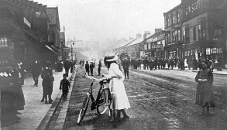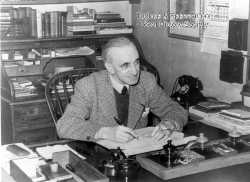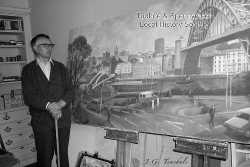
Tudhoe & Spennymoor Local History Society



Spennymoor Settlement, opened in 1931 with a grant from the Pilgrim Trust, aimed to support the unemployed by encouraging :
Tolerant neighbourliness and voluntary social service and {giving} its members opportunities for increasing their knowledge, widening their interests and cultivating their creative powers in a friendly atmosphere.


Run by the Warden, Bill Farrell, the Settlement was a great success, becoming known as the Pitman’s Academy. Unemployed men built the Everyman Theatre in 1939 and it is now the longest continuously serving Settlement building in the country. Notable among those coming to the Settlement in its early years was the artist, Norman Cornish (1919-2014), who joined the Sketching Club soon after starting work at the Dean and Chapter Colliery in December 1933. Cornish had passed his eleven-plus and attended the Alderman Wraith School but his family could not afford the costs of education after he was fourteen.
Spennymoor Settlement played an important part both during the war and after it, including playing host to the Old Vic company. In addition to Norman Cornish, Sid Chaplin, the novelist, and Tom McGuiness, another mining artist, trained there. As a result, Spennymoor has a rich cultural legacy from the twentieth century.Further research related to the Settlement is being undertaken by Edith Hall and Henry Stead who are publishing Classics and Class in Britain 1707-1939 in 2018. Their work is also available on their website: